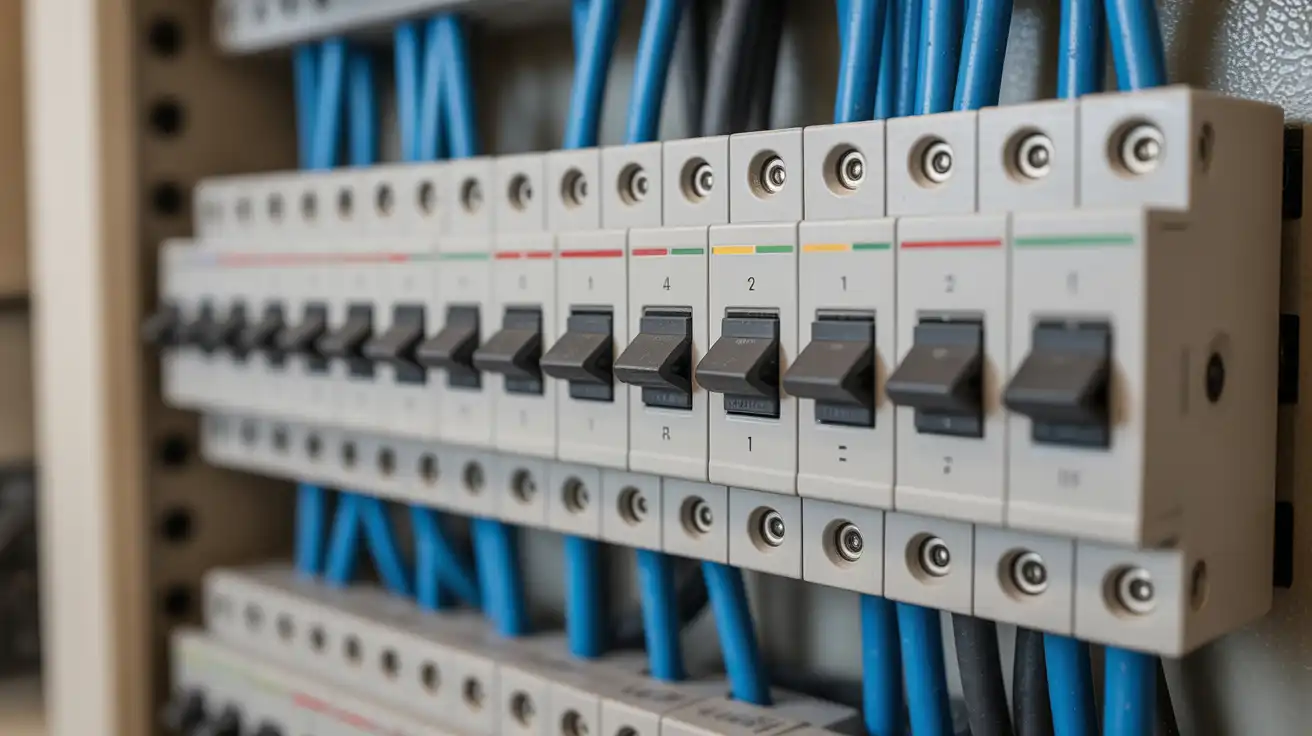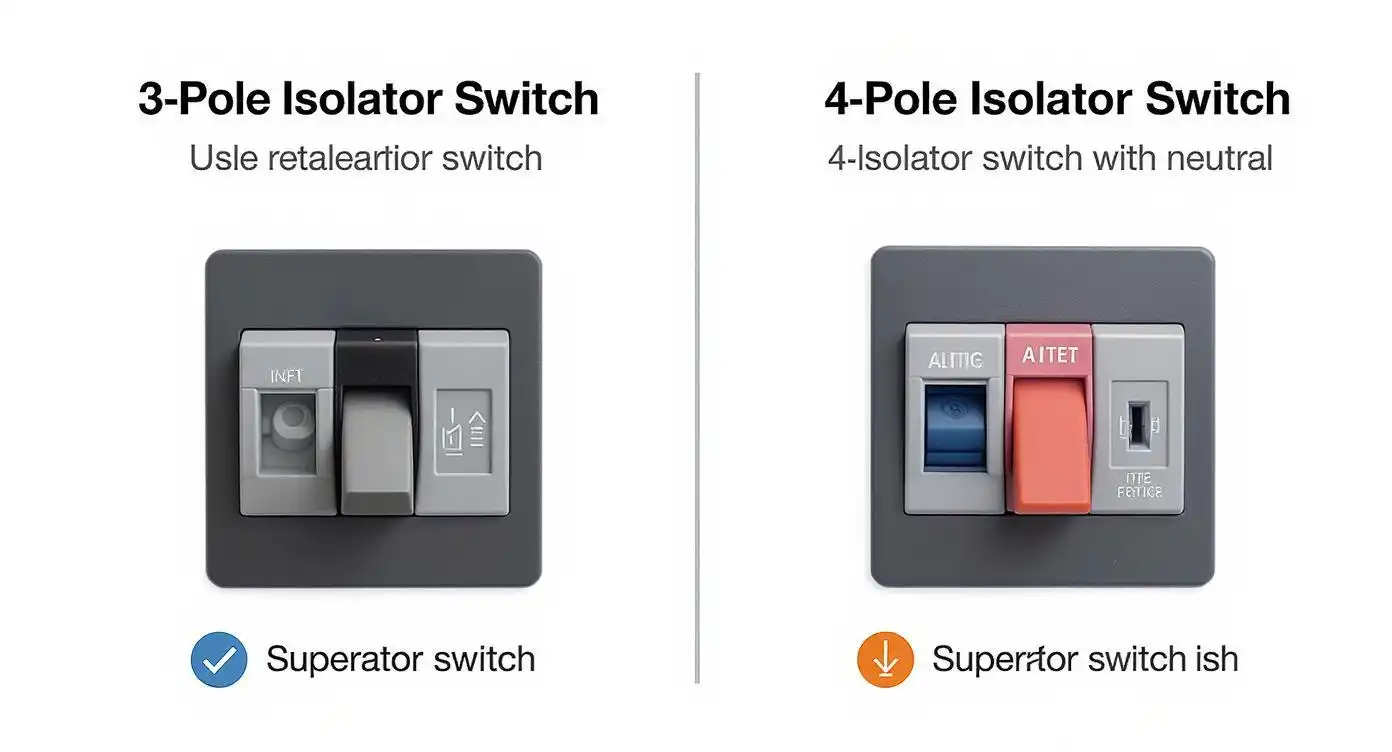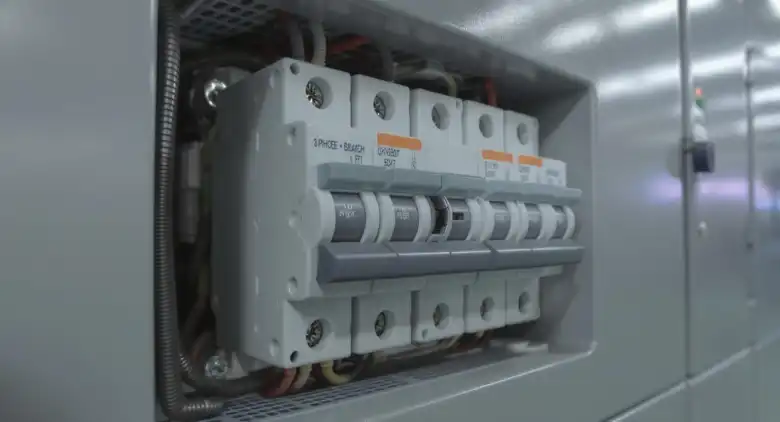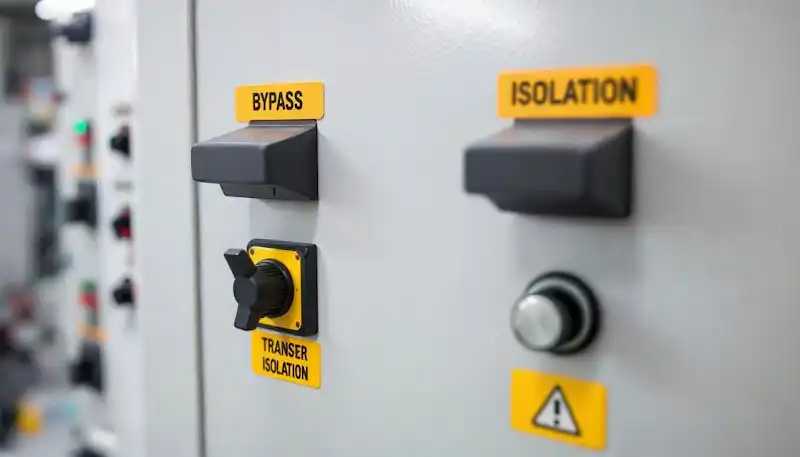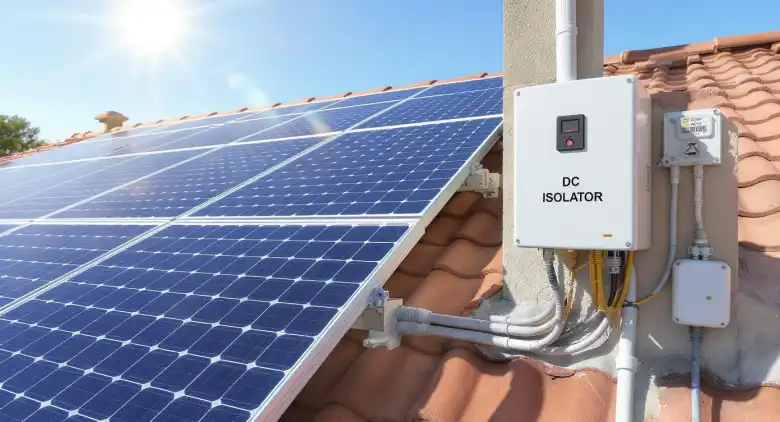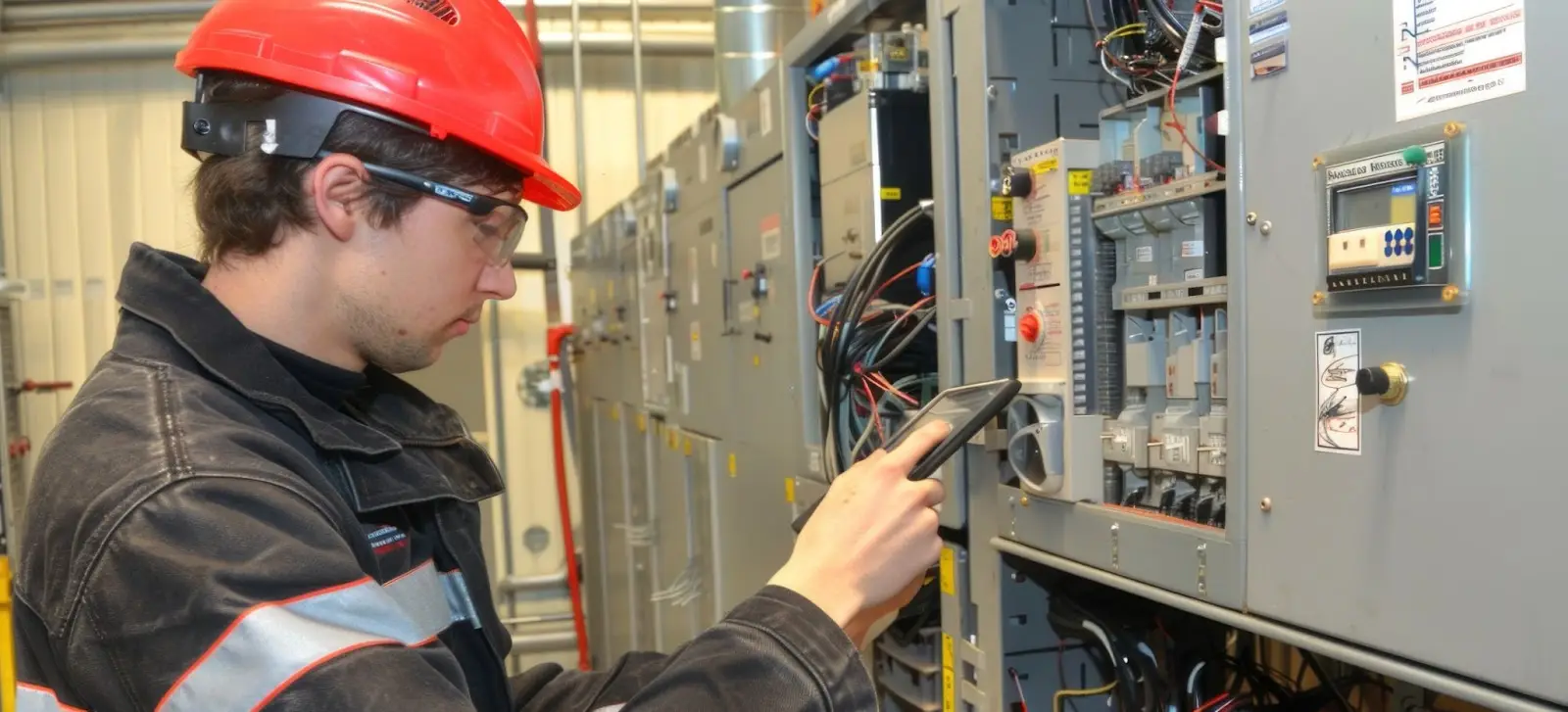A B2B Buyer’s Guide to Sourcing Isolator Switches from China
22nd Jul 2025
Isolator switches are essential for safely disconnecting electrical circuits during maintenance or emergencies. If you’re a B2B buyer looking to source isolator switches, choosing the right isolator switch manufacturer is critical for quality, safety, and long-term success. In this guide, you’ll learn step-by-step how to source isolator switches from China effectively, avoid common pitfalls, and partner with a manufacturer that supports global standards. This article is designed for beginners and seasoned procurement teams alike, using simple language and practical advice. Let’s dive in. Step 1: Identify a True Manufacturer, Not Just a Supplier When searching for a China isolator switch provider, the first step is to ensure you’re dealing with a true isolator switch manufacturer rather than a trading company. Why does this matter? Manufacturers control production quality, have dedicated engineering teams, and offer better customization options. Trading companies often source from various factories, making quality inconsistent and traceability difficult. A true isolator switch factory will have in-house testing labs, certifications, and the ability to provide technical drawings and detailed specifications. Always ask for factory audit reports or consider a third-party audit to verify their production capabilities and certifications. Step 2: Demand Proof of Quality and International Compliance Safety and compliance are non-negotiable in electrical components. Before committing, ensure the isolator switch manufacturer can provide certifications like CE, TUV, UL, or IEC standards, depending on your market. These certificates demonstrate that the switches meet strict international safety and performance requirements. Request product samples to evaluate build quality, design, and technical parameters firsthand. A reputable China […]
Read More : +86-139 0587 7291
: +86-139 0587 7291 English
English Español
Español Русский
Русский Français
Français العربية
العربية Português do Brasil
Português do Brasil Українська
Українська Türkçe
Türkçe Polski
Polski Nederlands
Nederlands Italiano
Italiano Bahasa Indonesia
Bahasa Indonesia हिन्दी
हिन्दी اردو
اردو አማርኛ
አማርኛ Հայերեն
Հայերեն ไทย
ไทย Монгол
Монгол فارسی
فارسی Shqip
Shqip Ελληνικά
Ελληνικά
